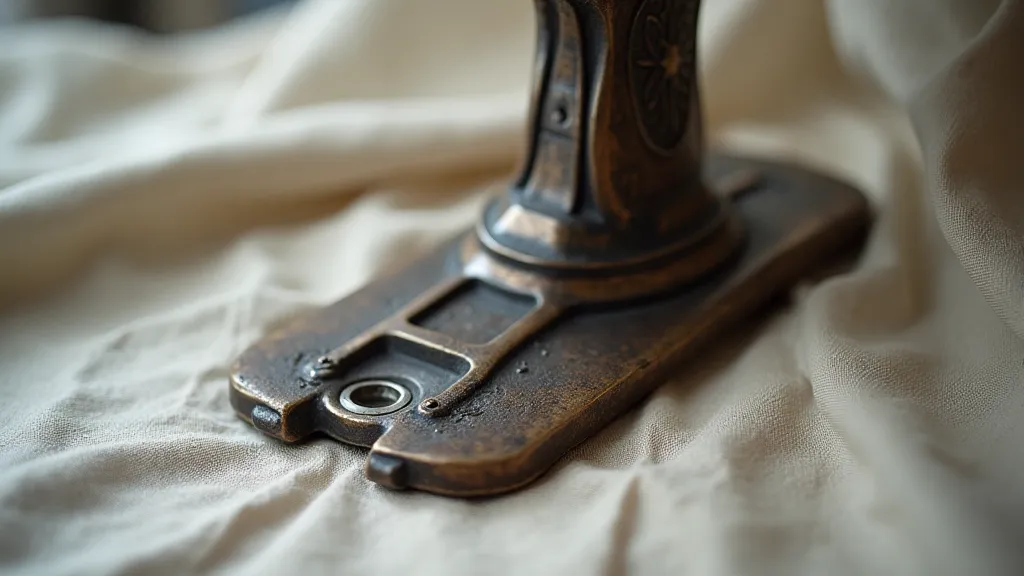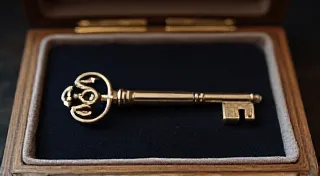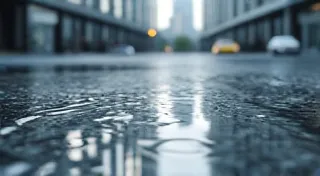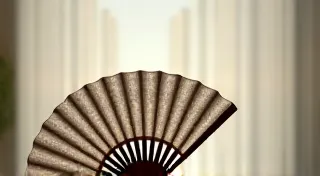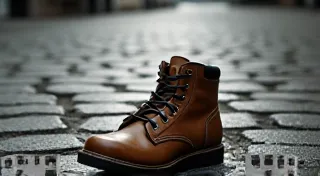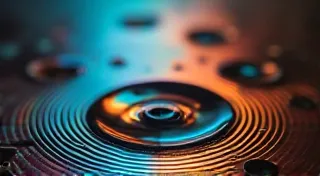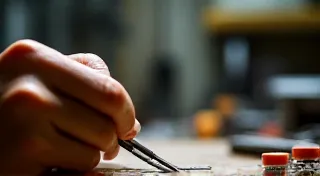A Galaxy of Grommets: The Untold Story of Specialized Feet in Historical Garment Construction
The rhythmic clatter of a sewing machine – a sound often associated with modern convenience – holds a richer, more nuanced history than many realize. It’s a history interwoven with the ambitions of 19th and early 20th-century fashion, a time when elaborate garments were less about mass production and more about exquisite, hand-guided craftsmanship assisted by increasingly sophisticated machinery. And at the heart of that narrative lies a surprisingly diverse and specialized collection: antique sewing machine feet. They are, in their own small way, constellations of ingenuity, each designed to conquer a particular challenge in the creation of stunning, historically accurate dresses, suits, and accessories.
My own fascination began, as so many do, with a single, dusty machine. A Singer 201, inherited from my grandmother. It was a beautiful machine, all gleaming black enamel and intricate brass fittings. But it was the box of attachments – a jumble of metal shapes that initially felt more like alien artifacts – that truly sparked my curiosity. I remember the frustration of trying to understand their purpose, the slow, delightful process of discovery as I pieced together the roles they played in the creation of garments far beyond my contemporary understanding of sewing.
The Rise of Specialized Feet: More Than Just a Straight Stitch
Early sewing machines, while revolutionary, were limited. The basic straight stitch was a marvel, certainly, but it couldn’t handle the intricate details demanded by the fashions of the Victorian era, the Edwardian period, and beyond. Consider the elaborate buttonholes on a tailored coat, the seamless appearance of a blind hem on a ballgown, or the precisely gathered ruffles that graced countless dresses. These details required more than a standard foot could provide. Enter the era of specialized feet – a response to the increasing complexity of garment construction.
The late 1800s and early 1900s saw an explosion of innovation. Manufacturers, recognizing the demand, began producing a bewildering array of feet designed for specific tasks. These weren't just minor adjustments; they were fundamental tools that expanded the capabilities of the sewing machine, allowing for results that approached, and sometimes surpassed, hand-stitching.
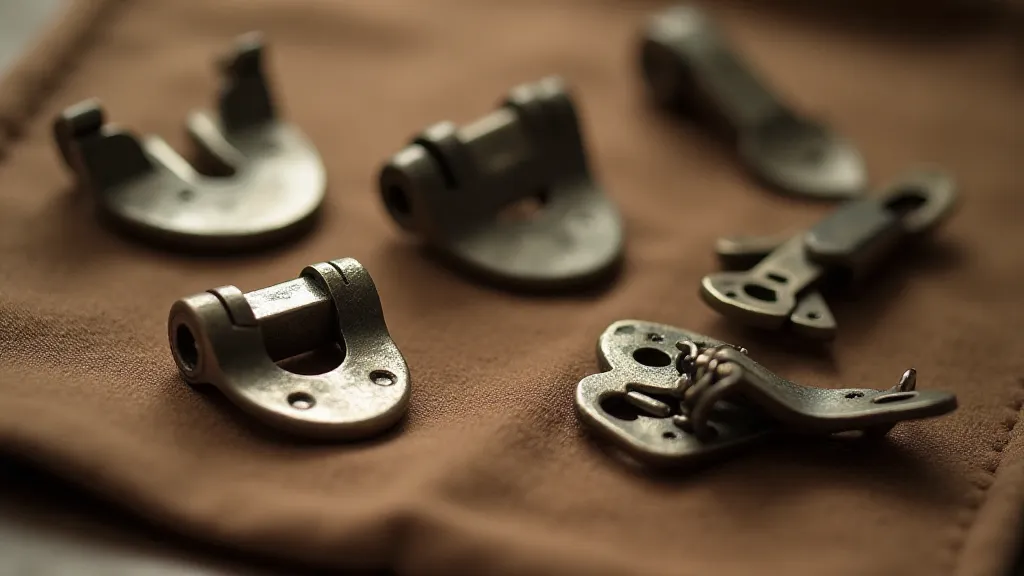
Essential Feet and Their Historical Context
Let's explore some of these key players. The buttonhole foot, in its various iterations, stands out as a cornerstone of tailored garment construction. Early versions were often quite rudimentary, requiring a great deal of skill and manual guidance. Later designs incorporated guides and even automatic features, still requiring an operator but greatly improving consistency and speed. Imagine a dressmaker painstakingly creating dozens of buttonholes by hand – a time-consuming and laborious task. The buttonhole foot was a game changer, allowing for more efficient production and higher-quality results.
The blind hem foot is another vital attachment. Blind hems, used to finish skirts and other hems invisibly, were prized for their elegant appearance. Creating a truly invisible hem by hand is an art form, demanding years of practice. The blind hem foot, while not eliminating the need for skill, significantly simplified the process, allowing for a more professional finish.
Gatherer feet, often overlooked, were crucial for creating ruffles, pleats, and other gathered elements – common features in historical garments. These feet, with their multiple feed dogs, allowed fabric to be easily manipulated and gathered, a task that could be exceptionally challenging with a standard foot. Consider the lavish gowns of the Belle Époque – the mountains of ruffles and gathers could only be achieved with specialized tools.
Then there were the overcasting feet, designed to finish raw edges and prevent fraying. While simple in concept, these feet were essential for ensuring the durability and longevity of garments, particularly those made from delicate fabrics. They represent the intersection of beauty and practicality, a hallmark of the era.
Beyond these core attachments, a fascinating array of more obscure feet existed, each catering to a niche application. Cording feet for decorative stitching, flanging feet for creating rolled edges, and even specialized feet for working with specific fabrics like lace or velvet – the innovation was relentless.
Collecting and Restoring: A Connection to the Past
Collecting antique sewing machine feet is, in a way, collecting tiny pieces of history. Each foot tells a story of ingenuity, craftsmanship, and the relentless pursuit of perfection in garment construction. They are tangible links to the women – and occasionally men – who labored over these machines, creating the beautiful clothes that defined their time.
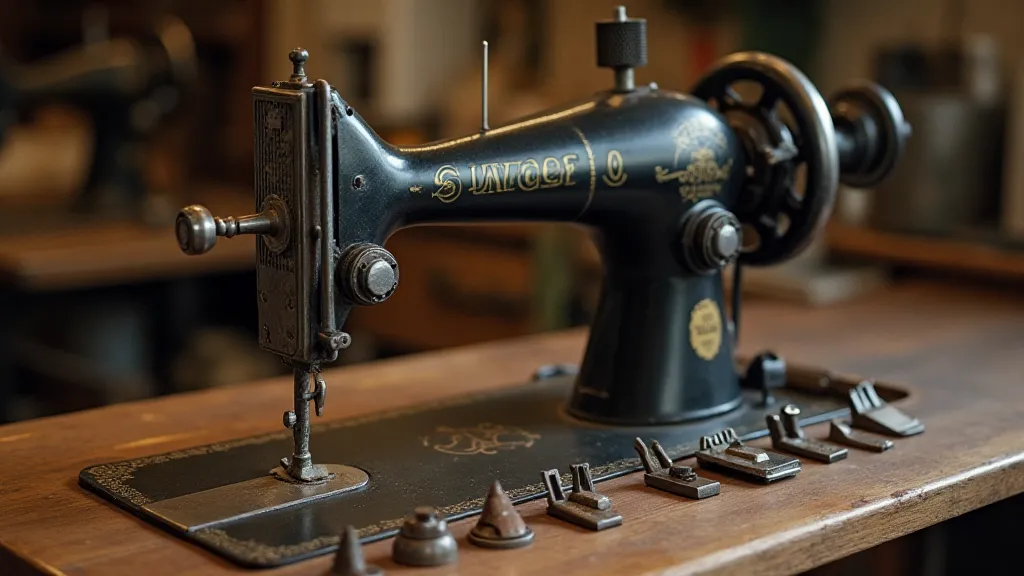
Restoration can be a rewarding, albeit delicate, process. Rust and corrosion are common challenges, but careful cleaning and lubrication can often bring these little marvels back to life. It's crucial to research the foot's original design and intended use before attempting any restoration – incorrect cleaning or lubrication can damage the delicate mechanisms.
The value of antique sewing machine feet varies widely, depending on rarity, condition, and manufacturer. A common buttonhole foot might fetch a few dollars, while a rare or specialized foot could command a significantly higher price. However, the true value lies not in the monetary worth, but in the connection to the past and the appreciation for the ingenuity of the individuals who created them.
The Enduring Legacy
As we move further into the age of digital fabrication and mass production, it's easy to forget the importance of these small, unassuming tools. But taking a moment to appreciate the history of antique sewing machine feet offers a profound insight into the evolution of fashion, the ingenuity of early engineers, and the enduring power of human creativity. They are more than just metal shapes; they are echoes of a time when craftsmanship reigned supreme, and every garment was a testament to the skill and dedication of the maker. They represent a period where machines were partnered with human skill, and where functionality and beauty went hand in hand.
Next time you encounter a box of antique sewing machine attachments, take a closer look. You might just find yourself transported back to a time when every stitch told a story, and every foot played a vital role in the creation of something truly beautiful.
